Recently, a friend noticed that Sarah Palin’s approval numbers are falling and asked for an explanation. The negative attacks from the left would normally not dissuade Republicans, but her numbers are down among them as well. Given that her visibility is so pervasive and her name identification almost universal, why, he asked, has this happened?
Not surprisingly, liberals have offered plenty of reasons. Stephen Blackwell on “Death and Taxes” writes what qualifies on the left as sophisticated analysis. He claims that the three reasons her numbers are dropping are because 1) She is an idiot; 2) her show sucks; and, 3) liberals and independents hate her and conservatives have given up supporting her. Frankly, it sounds like Mr. Blackwell’s first two reasons are the justification for the hoped-for prophecy of his last point. I would like to suggest that there are more sensible reasons why Ms. Palin’s numbers have softened.
First, the MSM is comparing her current approval ratings to those of December, 2008, when she was the leading light of the Republican Party. As the losing presidential candidate, Senator McCain had fallen into some disfavor while Ms. Palin, the charismatic, young Vice-Presidential nominee, represented the party’s future. Republicans in Congress had not yet started to assert themselves, and 2012 was a distant thought. Her sky-high 70% poll numbers from that time were bound to fall, as almost any politician’s would.
Second, when someone has such lofty numbers, they usually come down. While this may not apply to a mayor or a governor, who are by nature closer to the electorate and whose actions often affect voters more directly, national political figures are as a rule judged more rigorously and with greater partisan influence. Rarely in modern times has a national figure held such high approval ratings for a prolonged period.
Recommended
Third, Ms. Palin had very little competition for the affections of the populace. That scenario ran for a long time – actually for about a year. Then America met Chris Christie, the new Governor of New Jersey, Bob McDonnell, the new Virginia Governor, and Scott Brown, who captured Ted Kennedy’s Senate seat. Each of these men, elected in the first post-Obama ballot, drew attention away from Ms. Palin and changed the overall perspective of the voters.
Fourth, Ms. Palin’s resignation as governor began to wear on certain members of the population. When Ronald Reagan first aspired to national office in 1976, he was a former Governor of California who had completed both his terms. The public was reminded constantly by the left-wing media that Palin only served two years as Governor before leaving office. That does not wear well with many people, including Republicans.
Fifth, the presidential elections are now just around the corner. Though no one has formally announced – principally because they want to shorten the election cycle – there is much speculation about who will be running. The list of contenders includes several outstanding individuals, each of whom brings a high-quality resume that, unlike Obama, includes executive experience. Whereas Ms. Palin was for two years first among few, she now is being compared to a list of many. Even the most stellar politician begins to lose some luster when qualified competitors are introduced into the equation.
The competition for the Republican nomination could be very stiff. Mitt Romney has built a reservoir of relationships to accompany his fundraising ability and sterling resume. Haley Barbour has a reputation as a capable dealmaker and, in the light of his response to Hurricane Katrina, as a respected Governor. Mitch Daniels and Tim Pawlenty have excellent track records as Governors of Indiana and Minnesota respectively. Newt Gingrich is the godfather of the current Republican crop and a fountain of ideas on improving government. This is just a partial list of potential candidates who may compete for the chance to replace President Obama. The perception of Palin is now judged against these individuals (and others), each of whom is vying to be the nominee – and principal voice – of the Republican Party.
Ms. Palin has a knack for getting herself in the center of controversy. Her website with certain districts in crosshairs during the election has come back to bite her with the shooting of Congresswoman Giffords. Some would call that an unforced error.
Ms. Palin has a legion of fans that are very loyal and respect what she says and stands for. She still has a significant level of support, even if her poll numbers have slipped from their outsized levels. More than once, she has stated that she would not run for President if another capable candidate, who shares her deepest convictions about liberty and government, emerges as the likely nominee. It will be fascinating to see if she honors that pledge.


















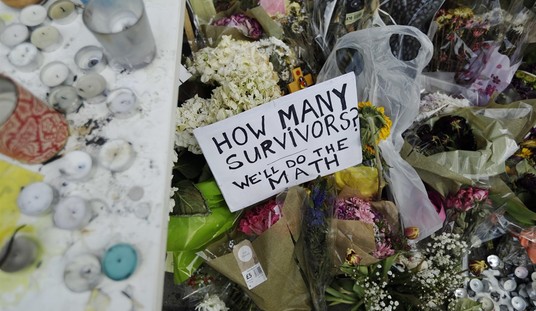
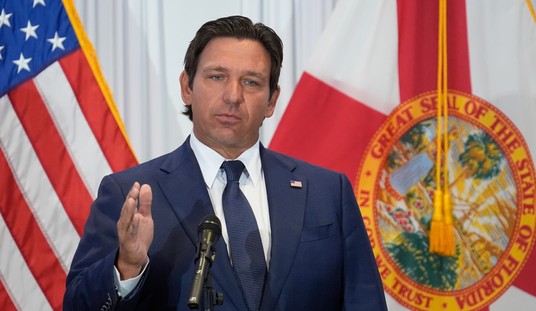
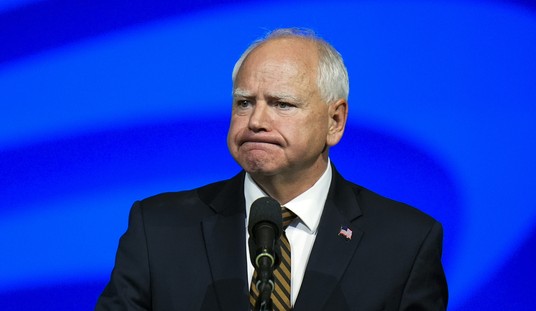
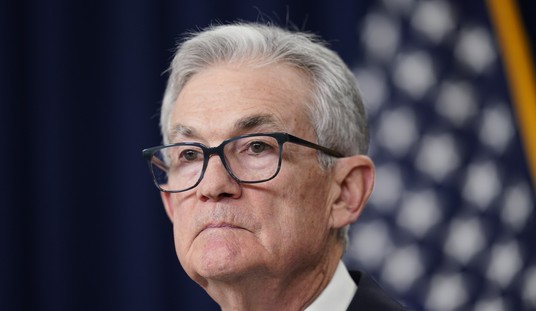
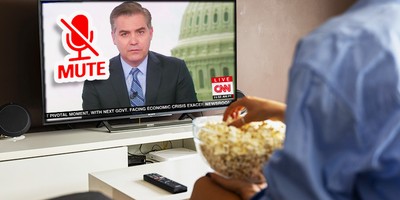
Join the conversation as a VIP Member